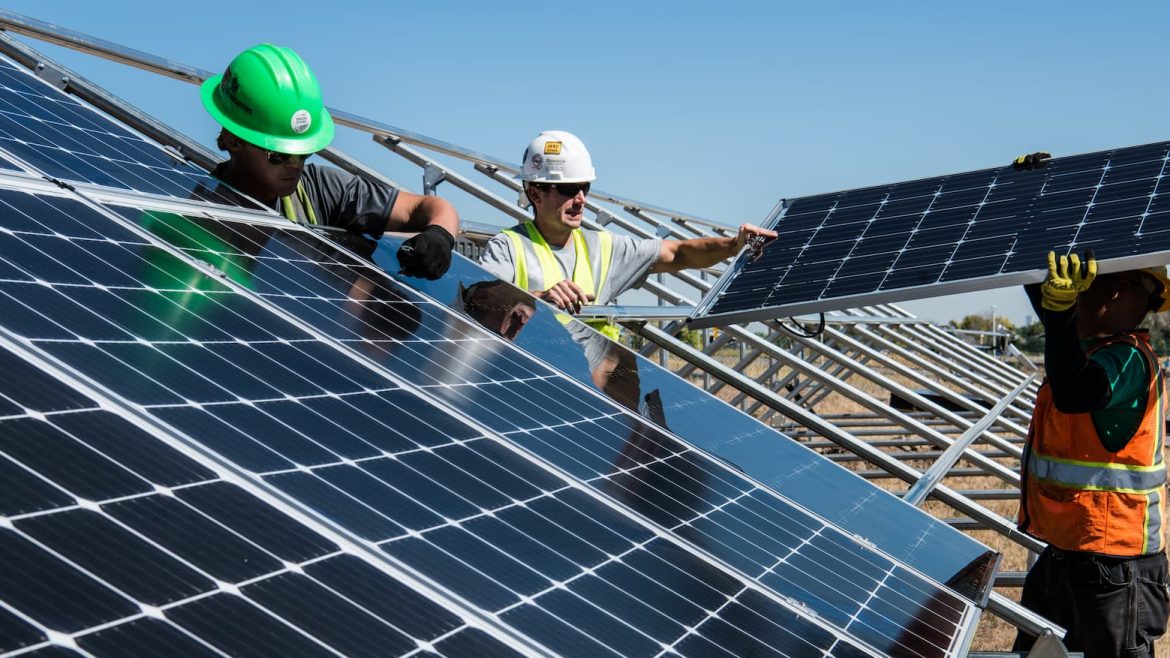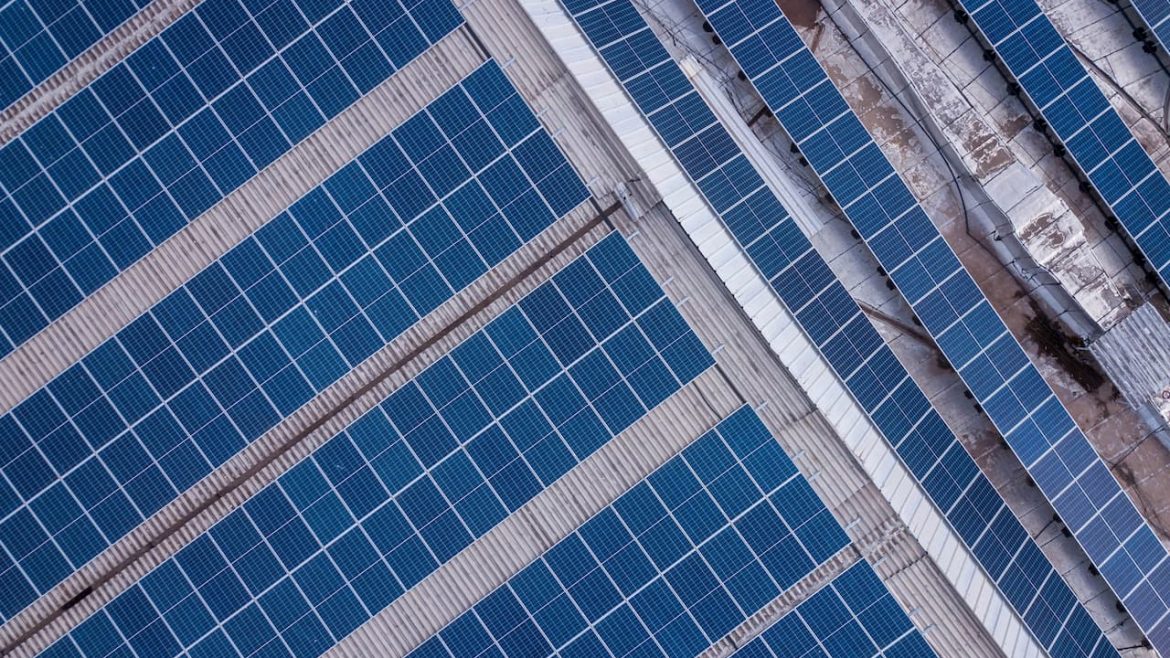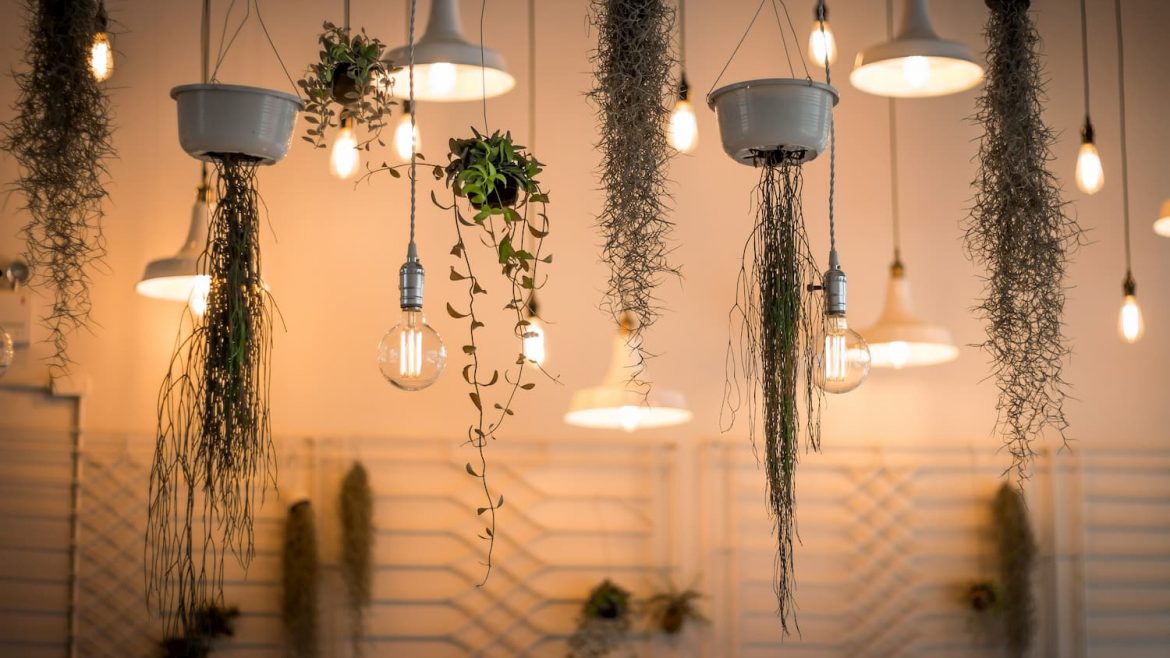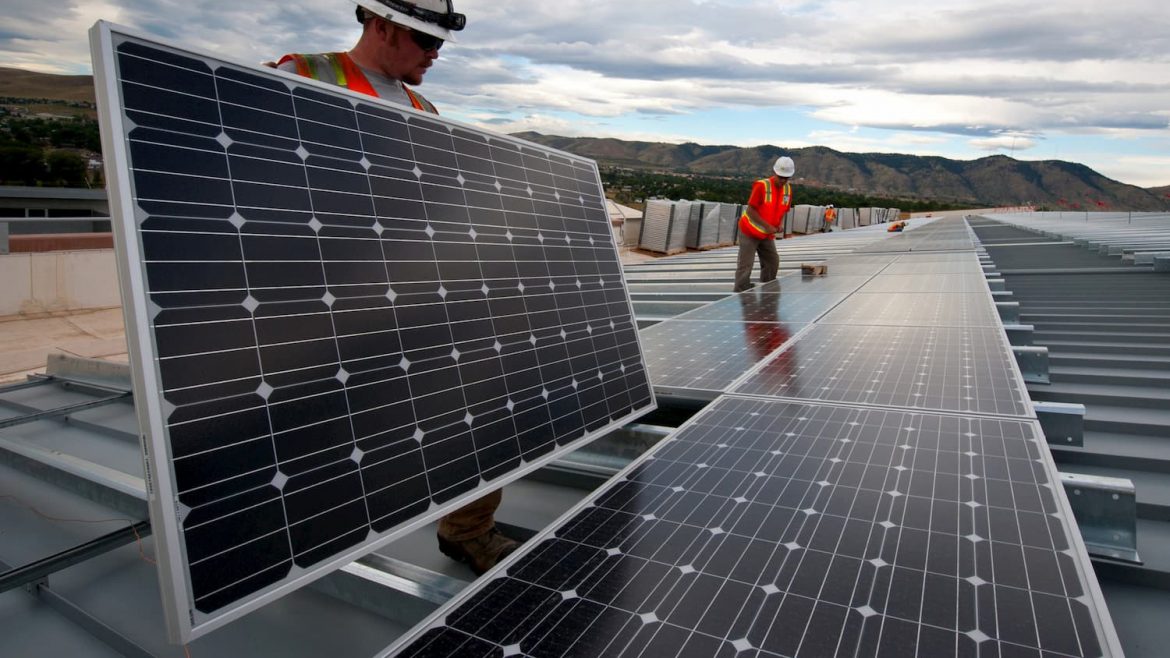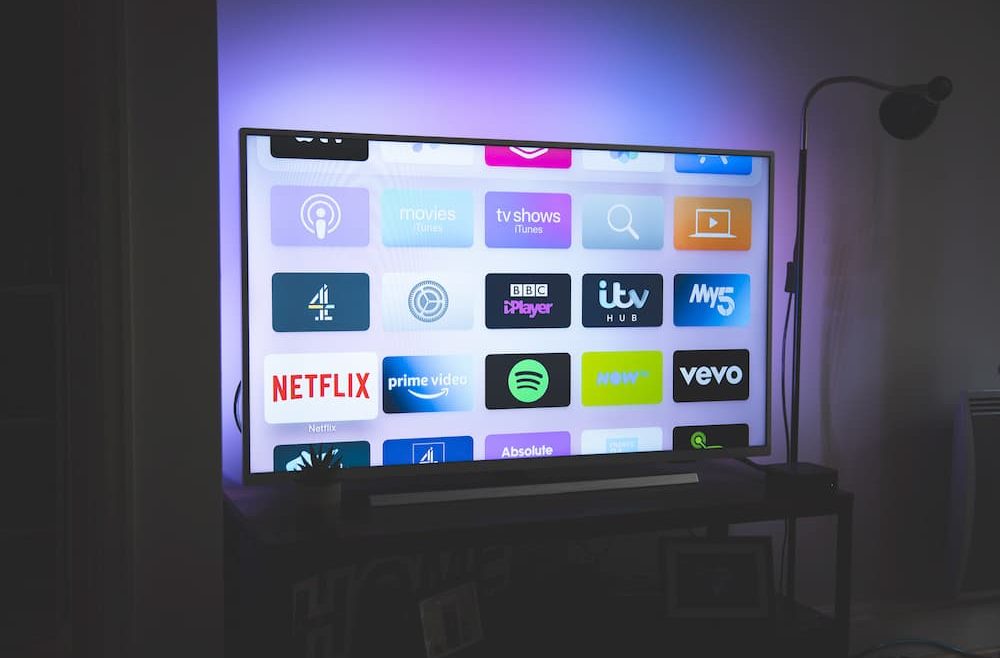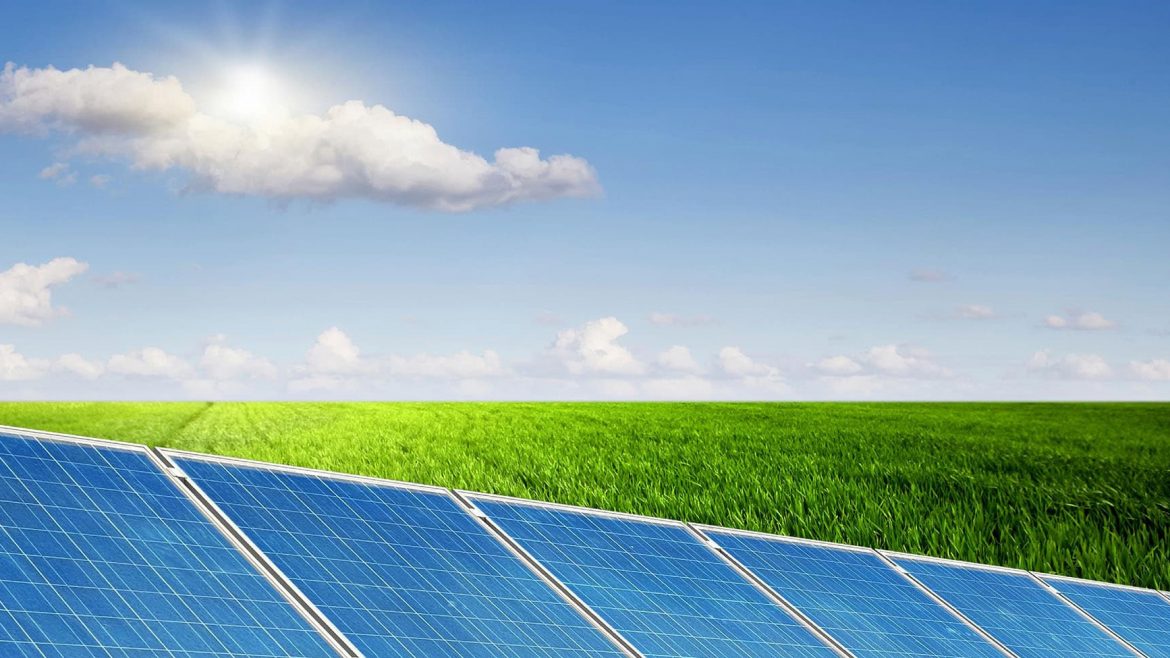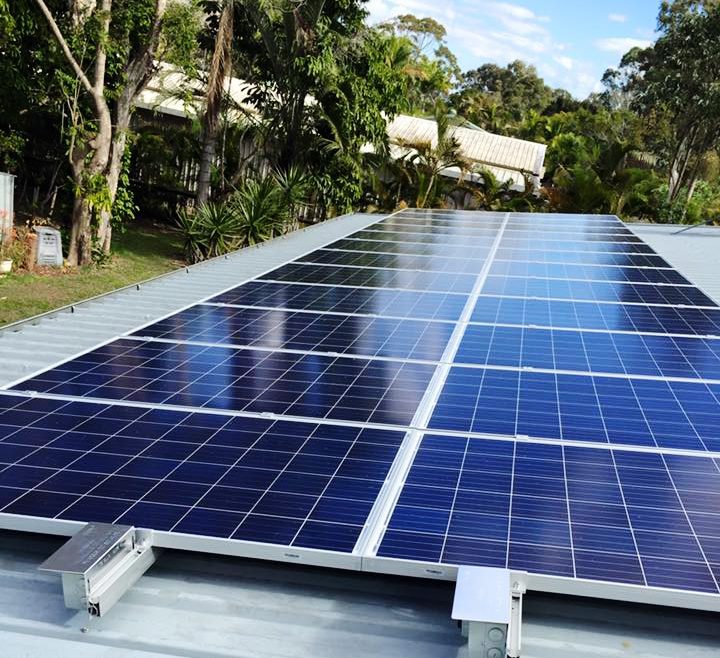The Benefits of Solar Power for Australian Businesses
The Benefits of Solar Power for Australian Businesses https://jntelectrical.com.au/wp-content/uploads/science-in-hd-ZNS6rizp9RU-unsplash-1-1024x468.jpg 1024 468 JNT Electrical https://jntelectrical.com.au/wp-content/uploads/science-in-hd-ZNS6rizp9RU-unsplash-1-1024x468.jpgThe Benefits of Solar Power for Australian Businesses
With mounting pressure to become more sustainable and eco-friendly, it’s more important than ever that businesses consider moving to renewable energy. It’s one of the simplest and most cost-effective sustainability improvements any physical business can make, and in some cases can be an added revenue stream.
We touch on many of the benefits below. If you need any more information, or if you’re ready to pull the trigger and would like a free quote, get in touch with the team at JNT.
Lower Electricity Bills
The rate of increase of electricity costs for businesses is skyrocketing every few years. The high cost of electricity prices in Australia has doubled over the past ten years, making them some of the world’s highest rates.
Installing a solar power system on your commercial building will add immediate relief from high electricity costs.
Adding a solar system future-proofs your business and helps safeguard your business from fluctuating electricity costs. Research from the Australian Energy Regulator says that energy consumers will rely on self-generated and stored-energy sources in the coming years as residential and commercial properties drive away from fossil fuels.
Most solar panels come with a 12-year manufacturer warranty and a 25-year performance warranty. So, a tip from our end would be that you ensure the warranty of your solar panel system before purchasing it – we’ll step you through what you need to know about the warranty upon installation.
Government Incentives
Which business does not love receiving some additional profits? Small and medium-sized business can enjoy government incentives when it comes to installing commercial solar power systems. Listing down two main benefits of adding solar power systems in Queensland.
Small-Scale Technology Certificates (STCS)
Small-Scale Technology Certificates (STCS) are tradable commodities established by the federal government. These certificates are created at their trading price when an energy-saving activity is completed. The certificates are offered to the customer as a form of a rebate.
Feed-In Tariffs
Feed-in tariffs allow small and medium-sized businesses to sell surplus energy back to the grid system. It is an incentive that provides a return on investment for their solar power.
Property Value
Having a property that is already tailored to minimise electricity costs is a lucrative selling point. Should you have to sell for any reason, having solar panels and power production installed and fully functioning will help sell faster than other commercial properties on the market. Additionally, it’s likely you could sell your property at a higher rate, maximising the potential profits.
As a buyer, having solar power already installed means increased profitability for businesses since their power bills will be lower from the get-go. It also allows a new company to have more predictable overheads for their expenses for powering their new business.
Energy Independence
When your energy supply isn’t dependent on the grid, you don’t have to worry about brownouts or blackouts like other businesses. You can even buy a battery to store surplus energy in the event you ever run out.
While other businesses have to stop production due to limitations from the grid, you and your team can continue working without worrying about your power sources. It’s an added advantage that can set your small or medium-sized business apart from your competitors.
PR and Public Perception
Reports indicate that nearly two-thirds of all Australians believe that climate change is a serious problem. Queenslanders show that 65% believe climate change is a serious threat.
One international study states that one-third of consumers prefer sustainable brands and an online global study demonstrated that millennials list sustainability and environment-friendly options as shopping imperatives.
When you take steps to reduce your carbon footprint, consumers become more drawn to your business – many of us want to support companies who are doing their bit for the planet, and making smart decisions that reduce their impact. There’s no reason you can’t use these as selling points for your business in your marketing.
An Extra Revenue Stream
Make hay while the sun shines. One of the many benefits of living in Queensland, with all of its abundant sunshine, is that at some point you are quite likely to end up with a surplus of energy that your business doesn’t need and won’t use. You can sell this energy back to the grid and have it become an added income stream for your business during the months you don’t need it.
While a smaller system will allow you to sell back unused power to the grid, by installing a larger system, you will have more power at your disposal initially, along with the potential for greater returns when selling back the surplus. This can mean your return on investment comes much sooner, and can even be a profit stream for your business.
Be an Eco-friendly Business
While many consumers understand that it’s not possible to be completely eco-friendly, carbon neutral, zero waste etc., these same people will appreciate you taking steps in the right direction.
As buyers become more environmentally conscious, they expect that businesses will do the same and do their bit for the planet. Those companies who don’t make changes to help outweigh their environmental impact may find themselves falling behind as consumers gravitate toward more sustainable businesses.
As an added bonus, making steps towards these more sustainable practices can be a part of your marketing and PR communications, and are a great tool for attracting more customers.
Lower Carbon Emissions
Not only is your business’s improved external perception a win here, you’re also genuinely helping the planet and being more sustainable as a company, something that grows ever more important as concerns of global warming and the effects of greenhouse gases mount.
While keeping costs down and perceptions up is important for any business, probably the biggest benefit of solar is for the environment. In Queensland, where climate change is a real danger with the rise in temperatures, flooding, and droughts commonly happening in the area, every little helps.
Be Smart, Go Green.
With these exciting benefits, it’s no surprise many small and medium-sized businesses are going solar. Installing solar for your commercial business can save money, improve your company’s public image, offer government incentives, raise the value of your commercial property, and even make you money.
Speak with the team at JNT to help plan your requirements, goals, and system setup. Take the steps towards positioning your business as an eco-friendly, energy independent, and future-oriented pioneer and reap the long term benefits while helping the planet.
With Queensland dedicated to increasing their solar power output, now is the perfect time to add solar energy to your business.
Reach out for more information today about a free quote.
Contact us for a free consultation
Contact Us
Contact us today to get a free consultation
and find out how much you could save on your power bill!


